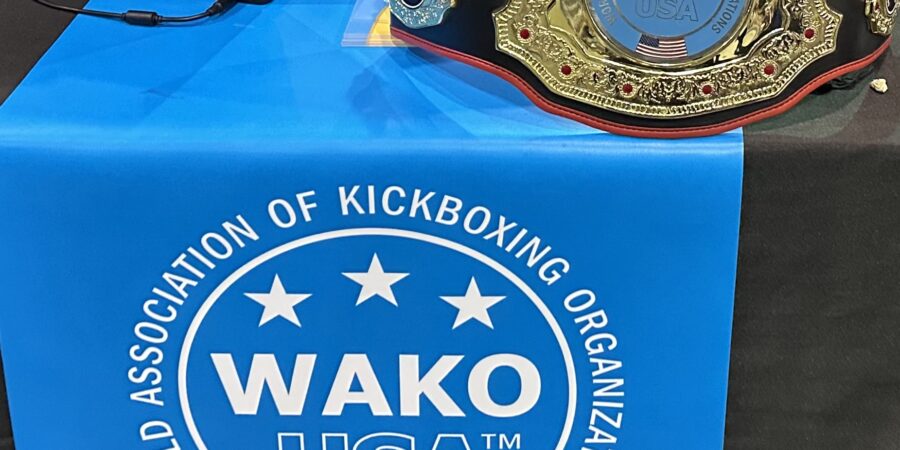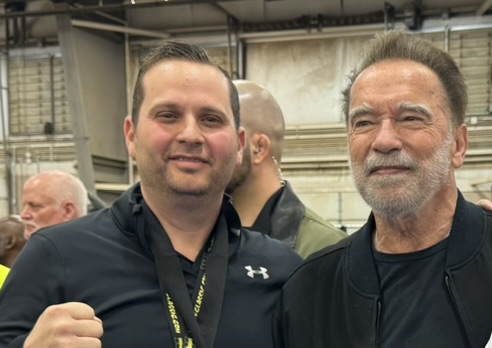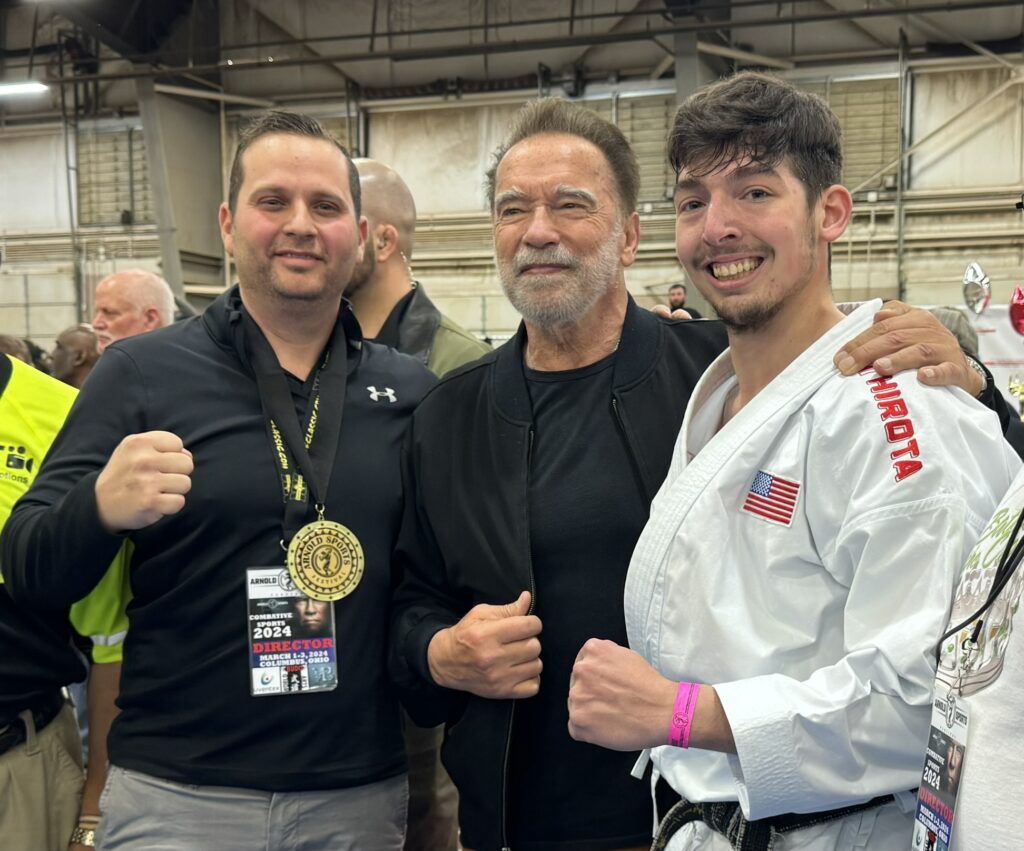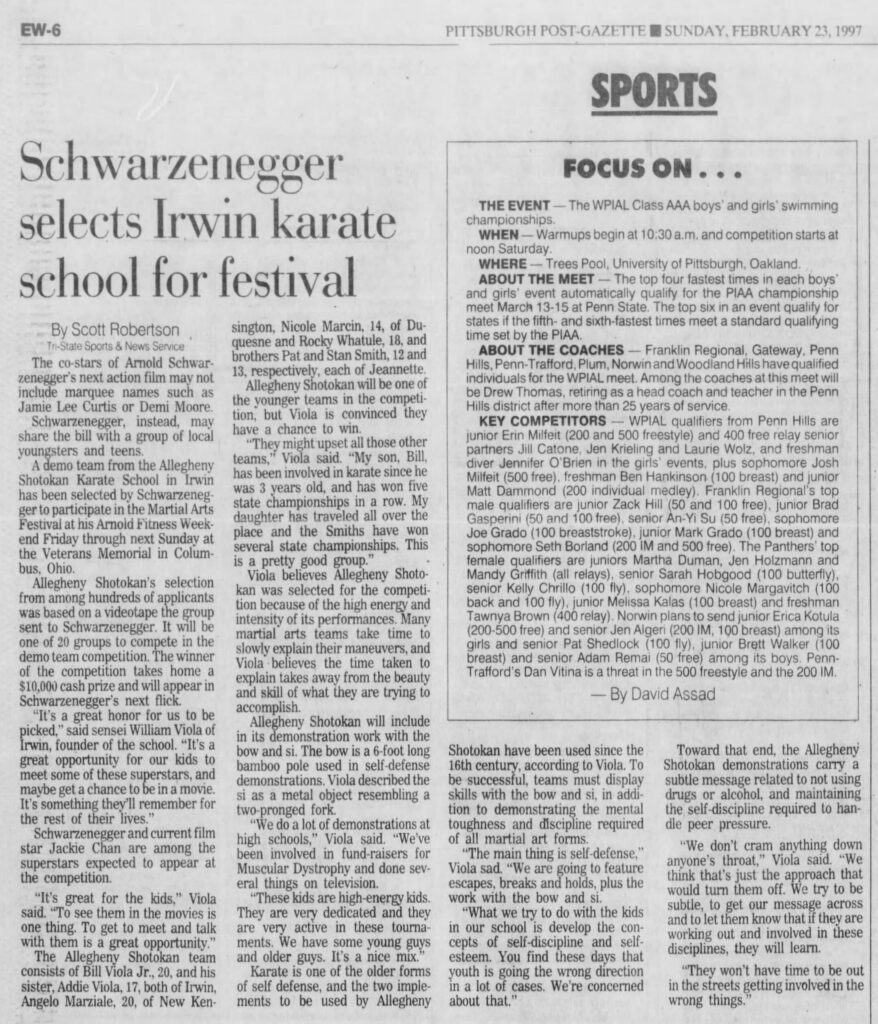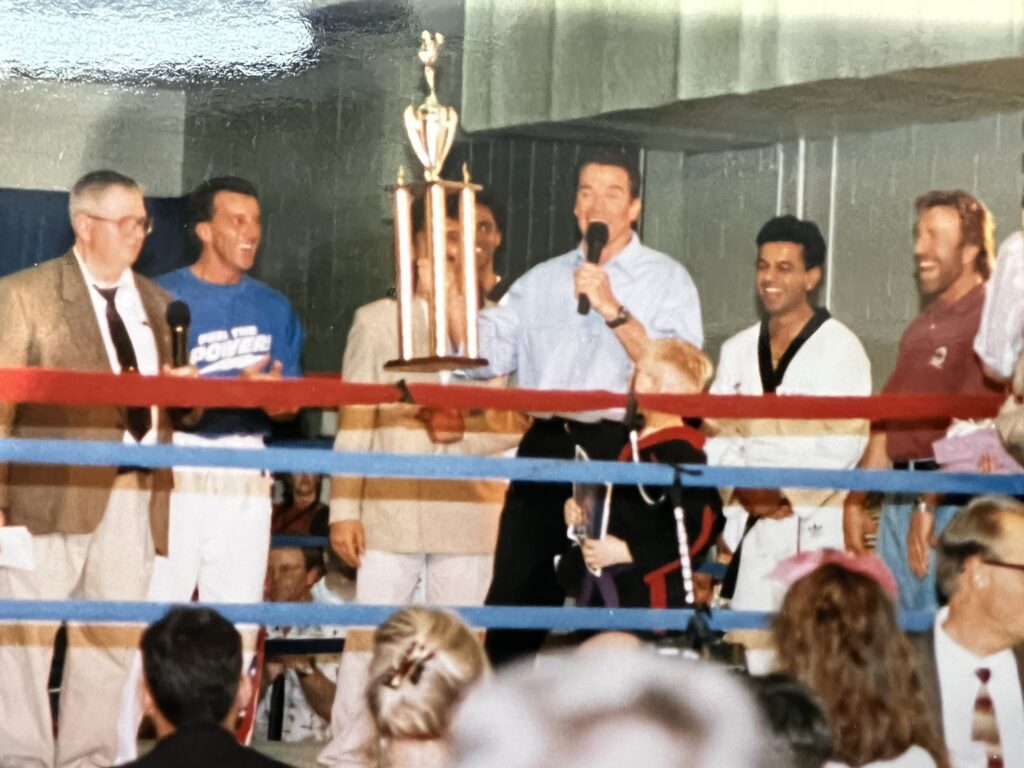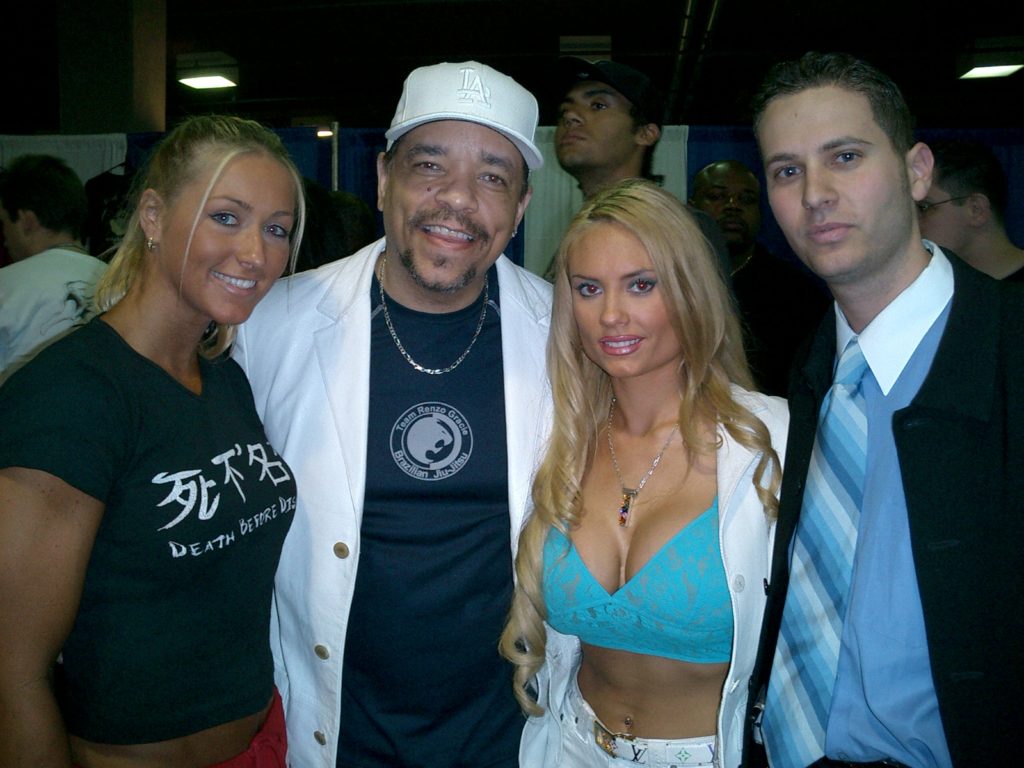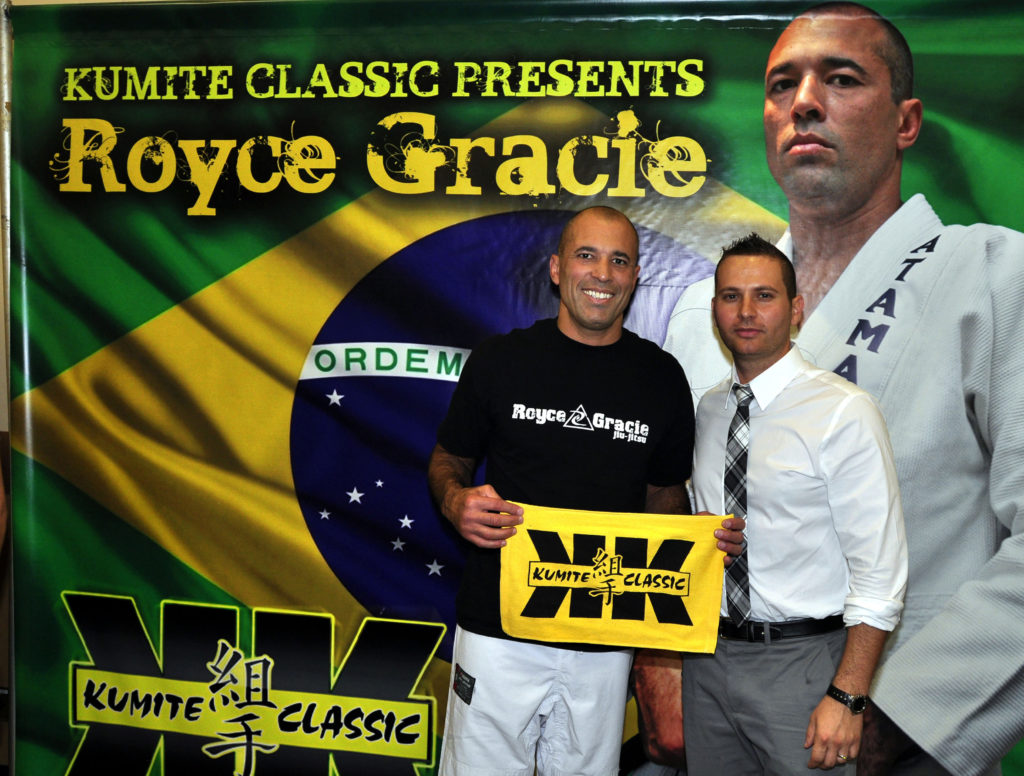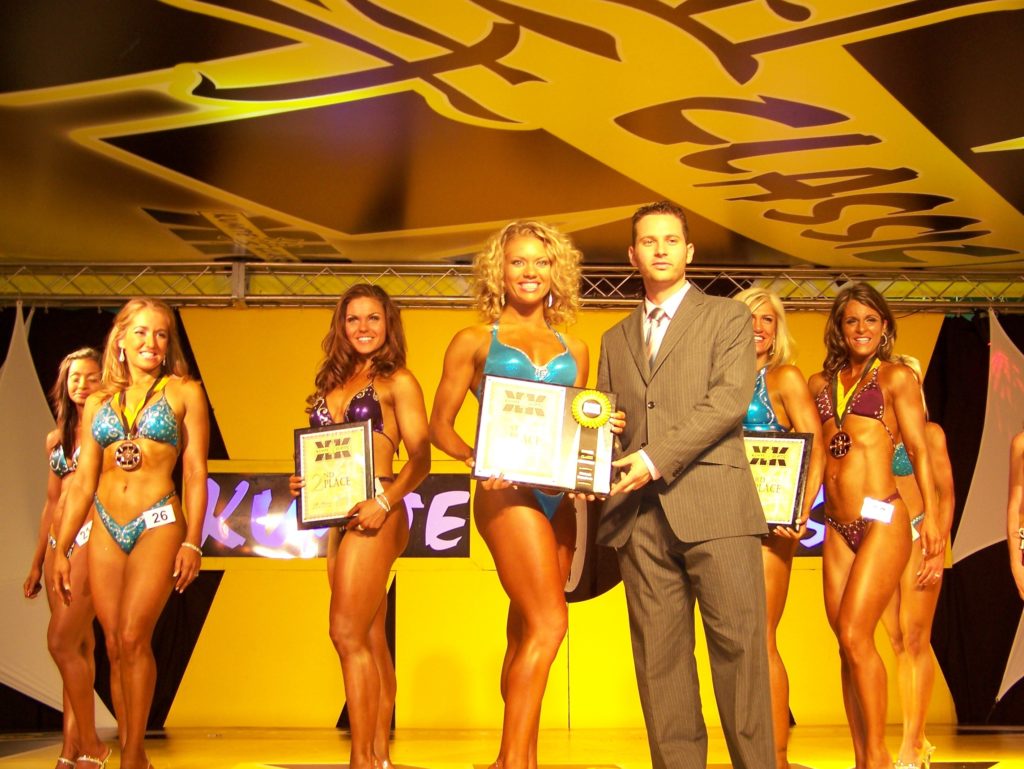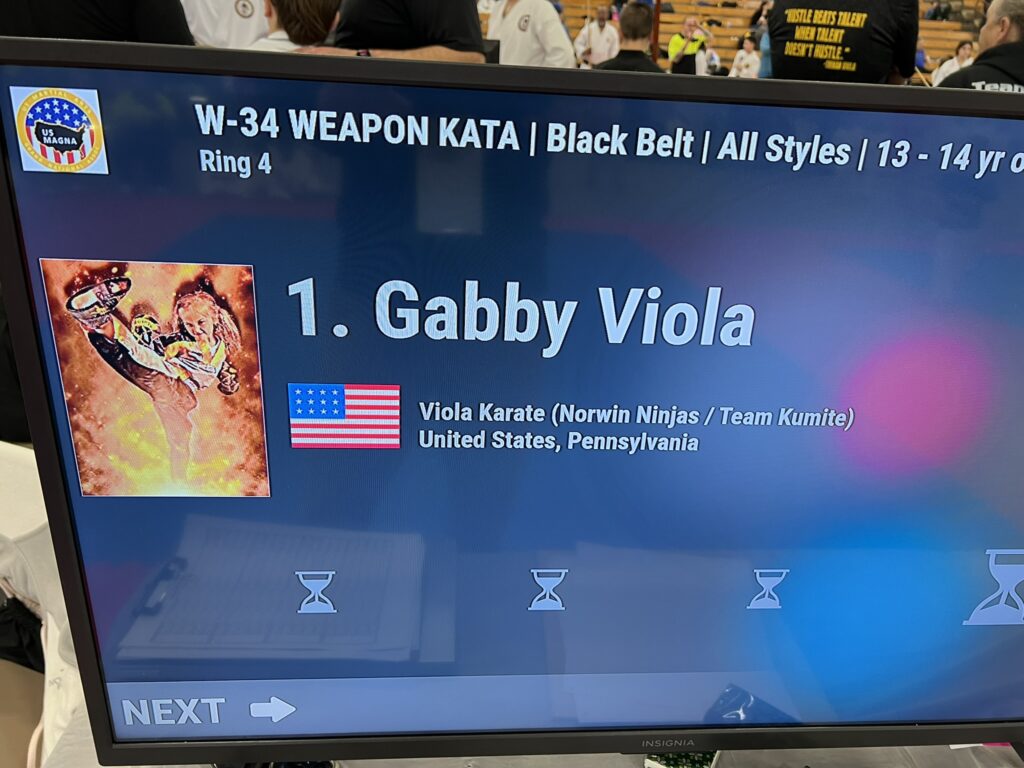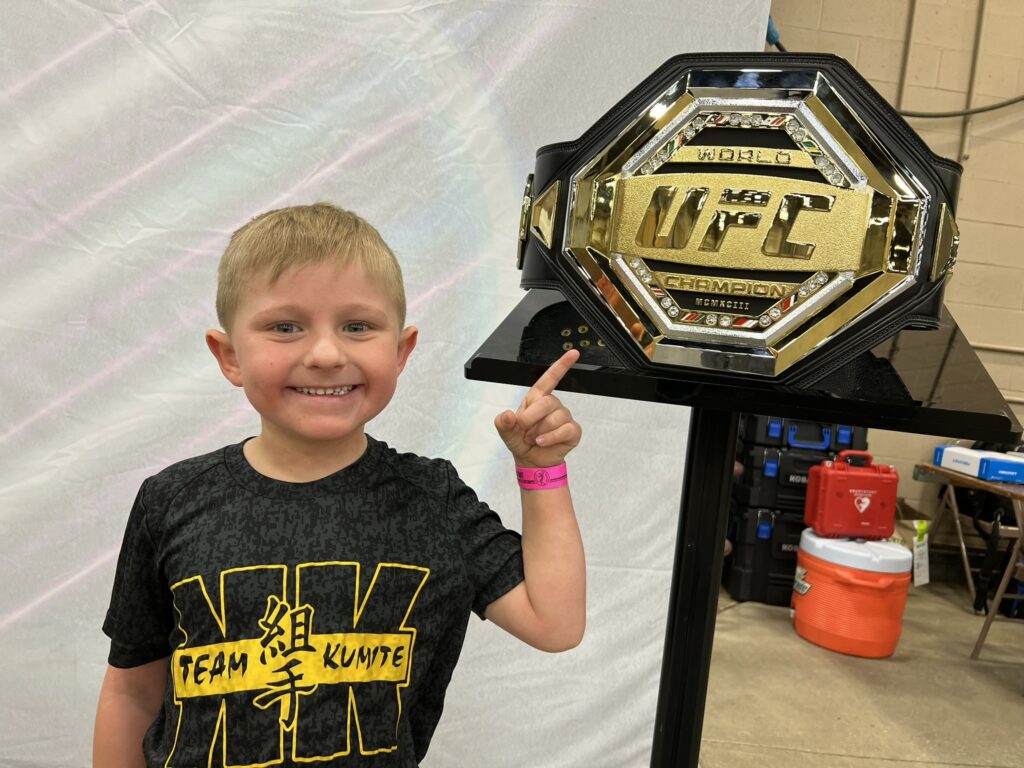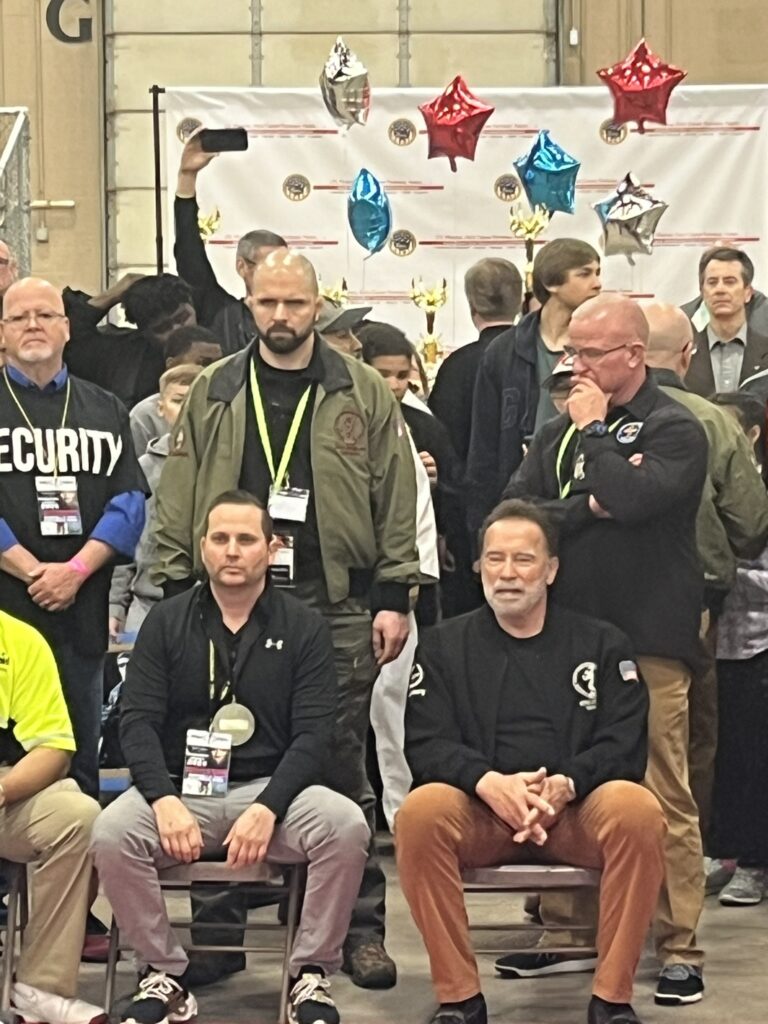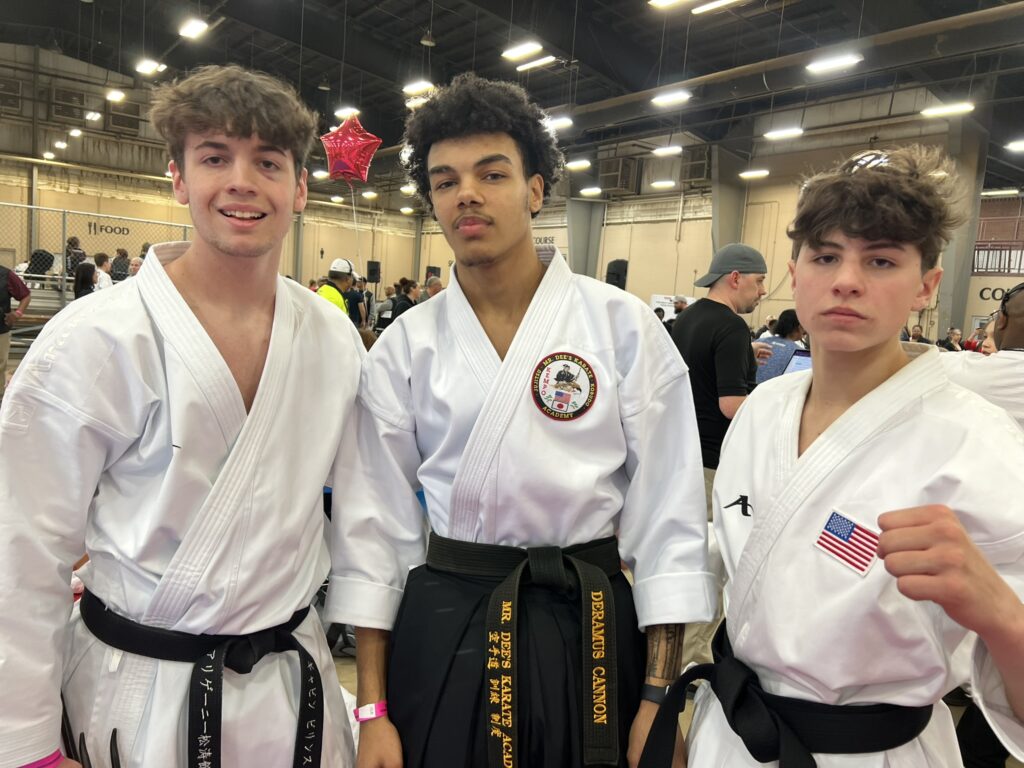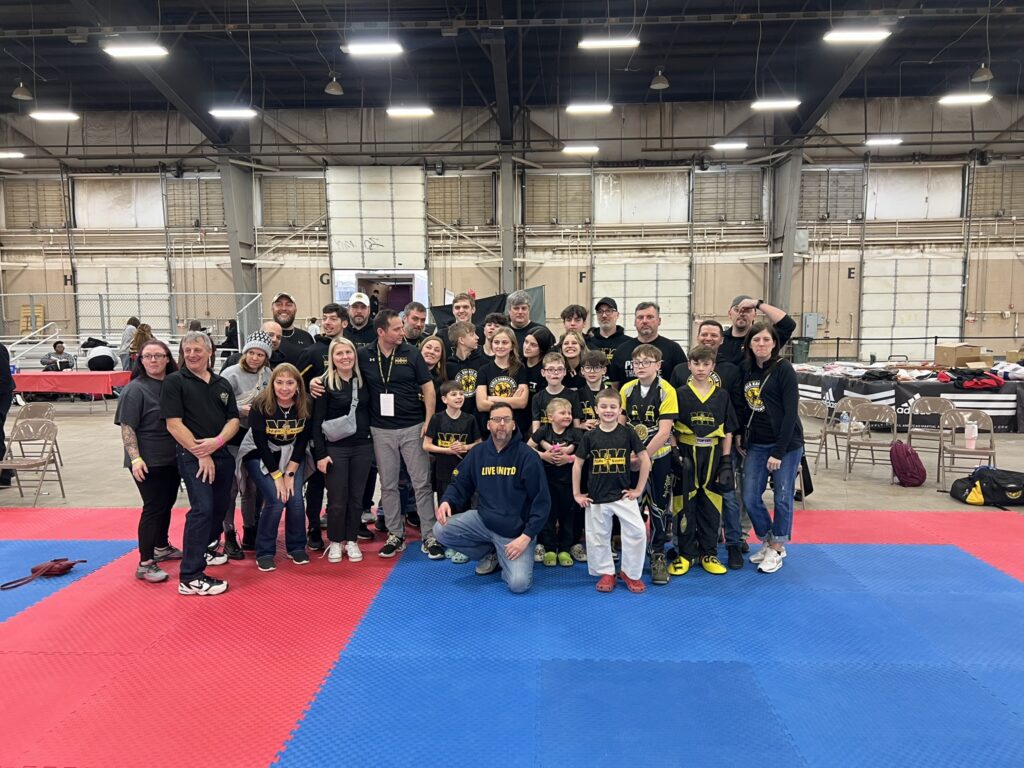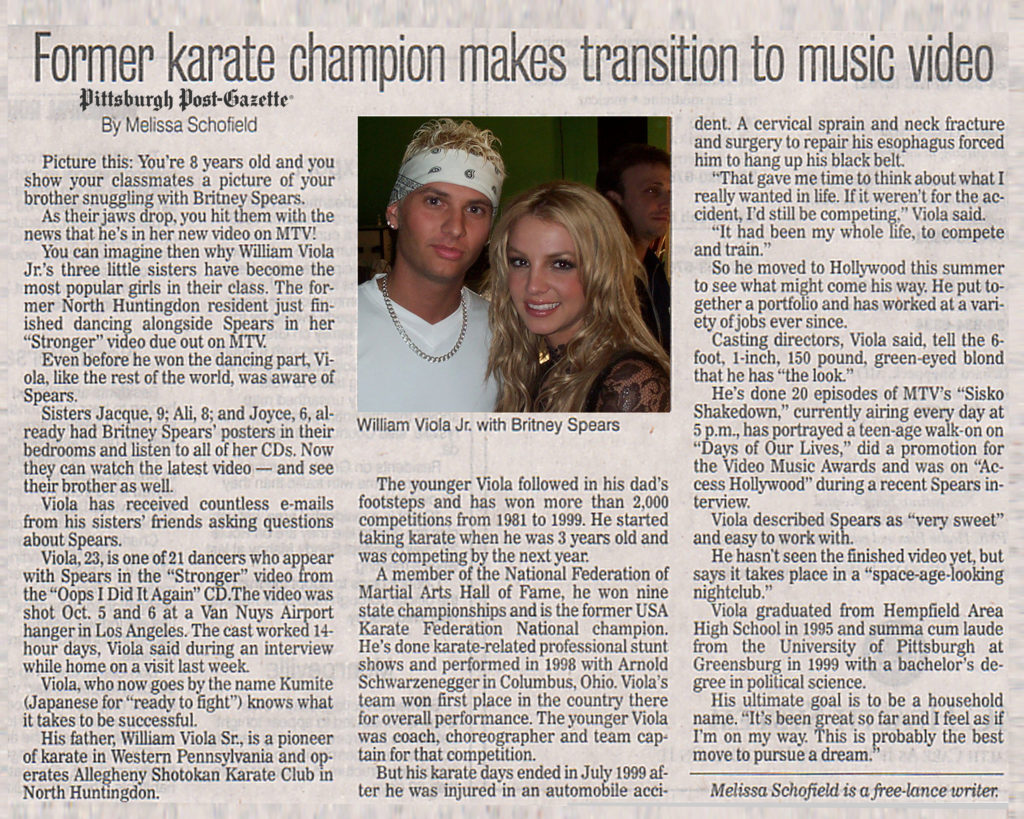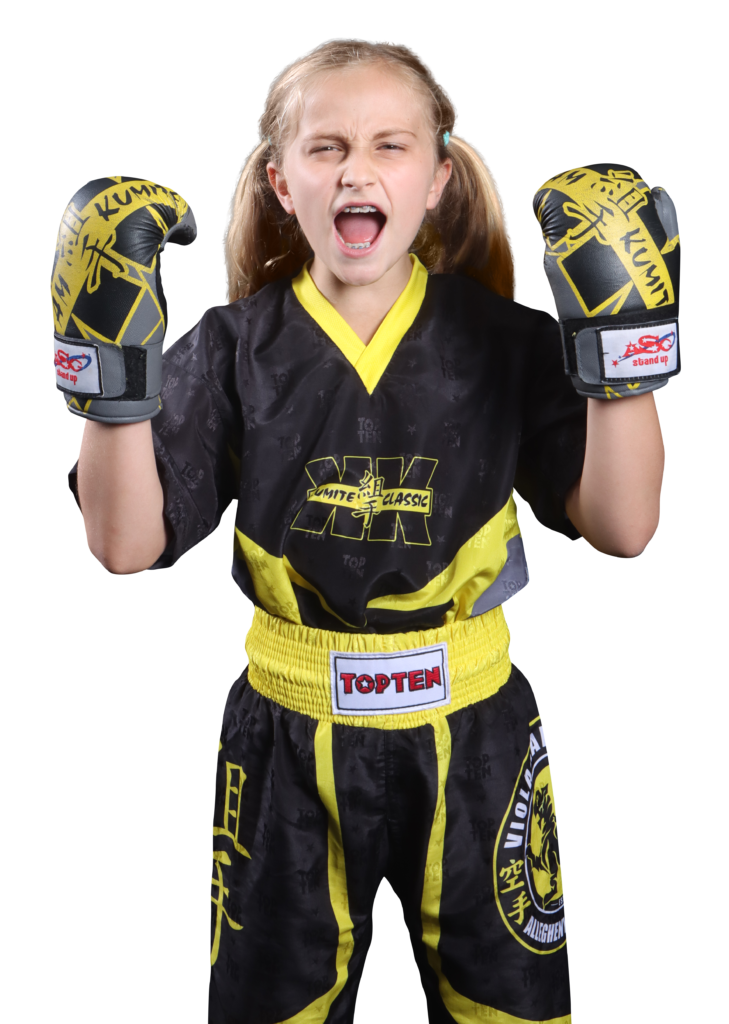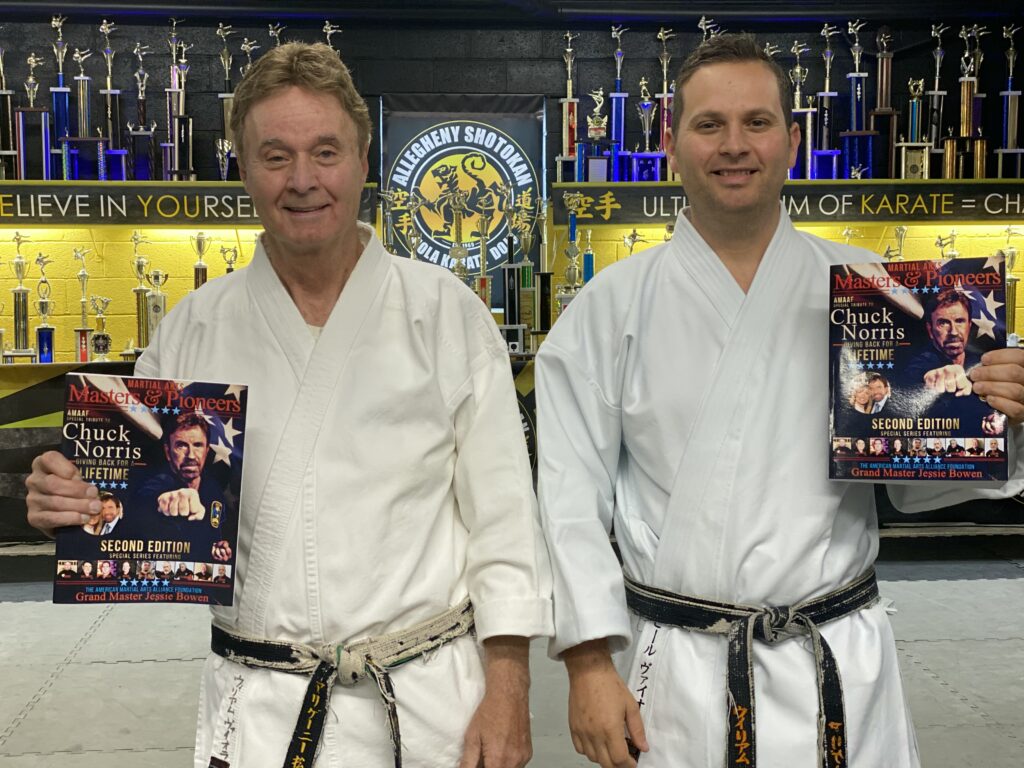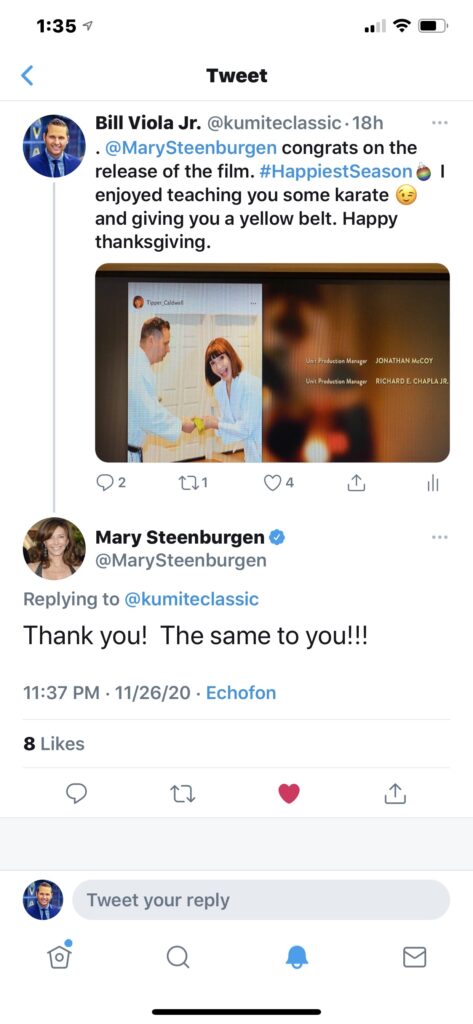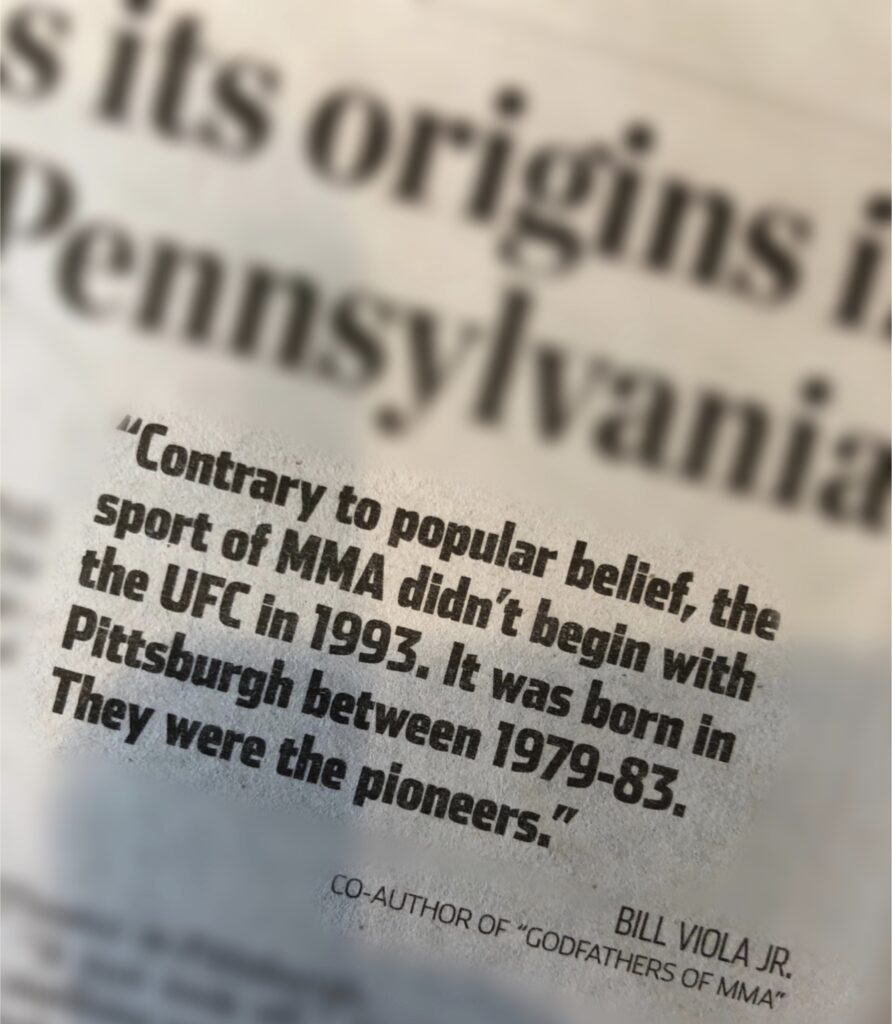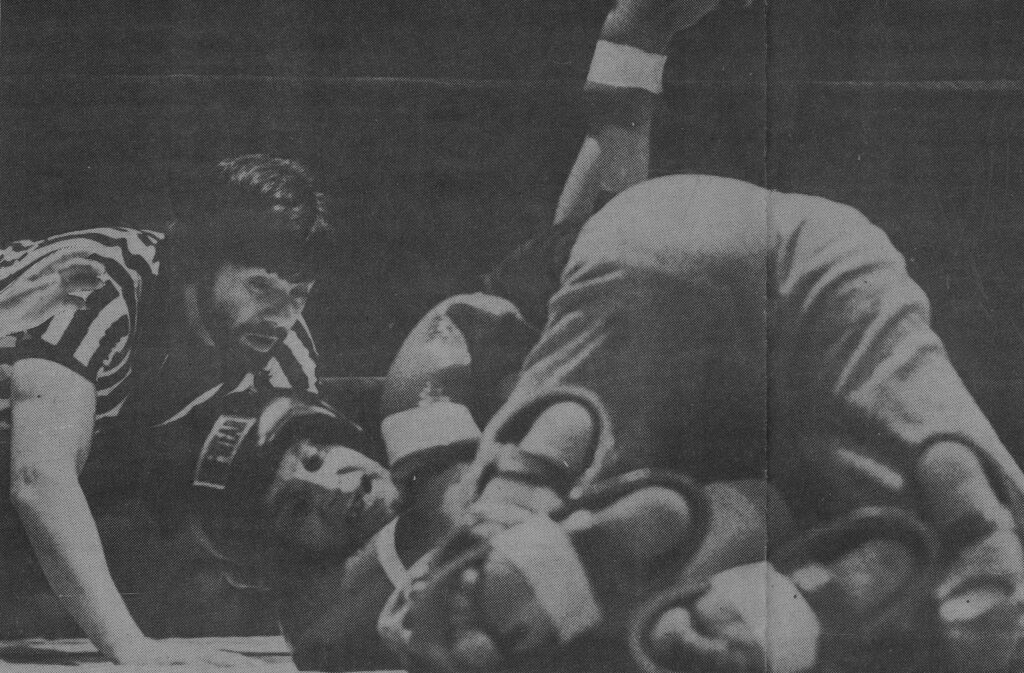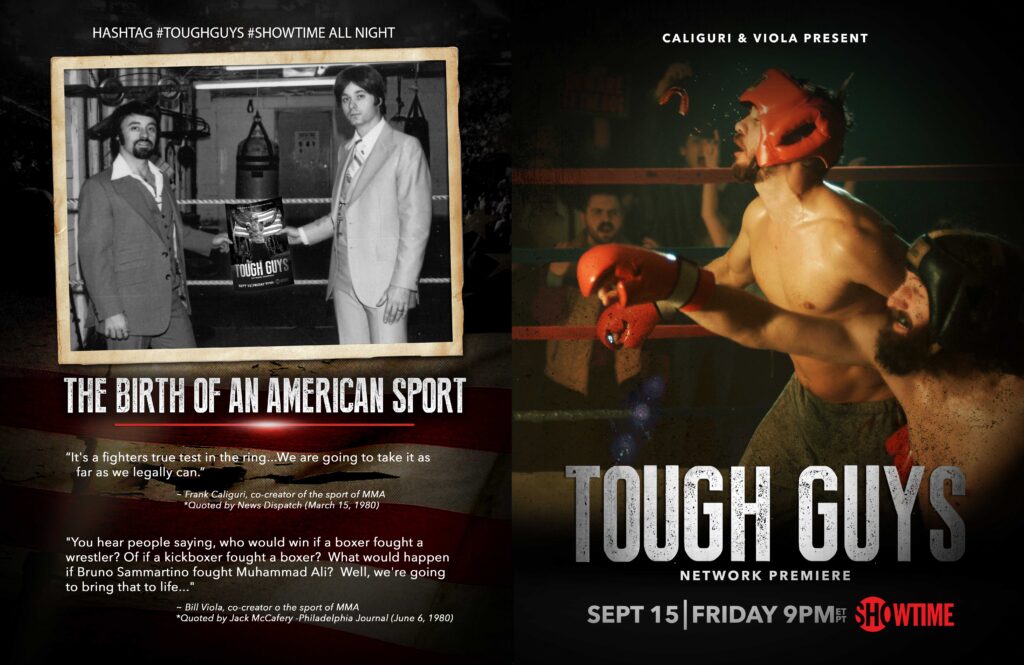WAKO USA SHINES AT ARNOLD SPORTS FESTIVAL and KUMITE CLASSIC
Kumite Classic Celebrates 25 Years at the Arnold Sports Festival with WAKO Nationals
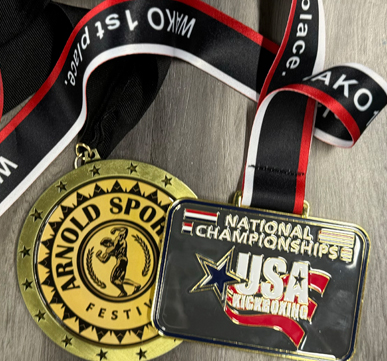
Columbus, OH – March 1st – The Arnold Sports Festival once again solidified its reputation as the world’s premier multi-sport and fitness expo, drawing over 200,000 attendees and featuring more than 20,000 athletes competing in 80+ sports and events. Founded by legendary bodybuilder and actor Arnold Schwarzenegger, the festival has grown into the largest event of its kind, bringing together elite competitors, fitness enthusiasts, and industry leaders from across the globe. Among its many highlights, the festival proudly hosted the 25th anniversary of the Kumite Classic in 2025.
As one of the nation’s most prestigious martial arts brands, the Kumite Classic has continuously set the standard for excellence in combat sports. Since its inception in Pittsburgh in 1999 by martial arts visionary Bill Viola Jr., the event has grown into a premier platform for martial arts talent, attracting elite competitors from around the world. Over the years, the Kumite Classic has showcased top-level competition in karate, kickboxing, kung fu, jiu-jitsu, and taekwondo, while also serving as a qualifying gateway to internationally recognized tournaments like the WAKO Nationals.
WAKO USA Kickboxing: Paving the Way to the Olympics
The World Association of Kickboxing Organizations (WAKO) has been at the forefront of efforts to bring kickboxing into the Olympic Games. As the official governing body for amateur kickboxing worldwide, WAKO achieved a major milestone in 2021 when the International Olympic Committee (IOC) granted it full recognition. This accomplishment has elevated kickboxing’s status alongside other major combat sports, reinforcing its legitimacy on a global scale. By standardizing rules, prioritizing athlete safety, and promoting fair play, WAKO continues to elevate the sport’s presence internationally.
The merger of the Kumite Classic with the Arnold Sports Festival provided the perfect stage for WAKO to host its National Championships, significantly expanding its reach. With over 1,000 athletes and coaches competing in sport karate, kickboxing, Chinese kung fu, wushu, taekwondo, tang soo do, and even LED saber competitions, the 2025 WAKO Nationals became the largest in the event’s history.
A Legacy Reborn: Kumite Classic at the Arnold Sports Festival
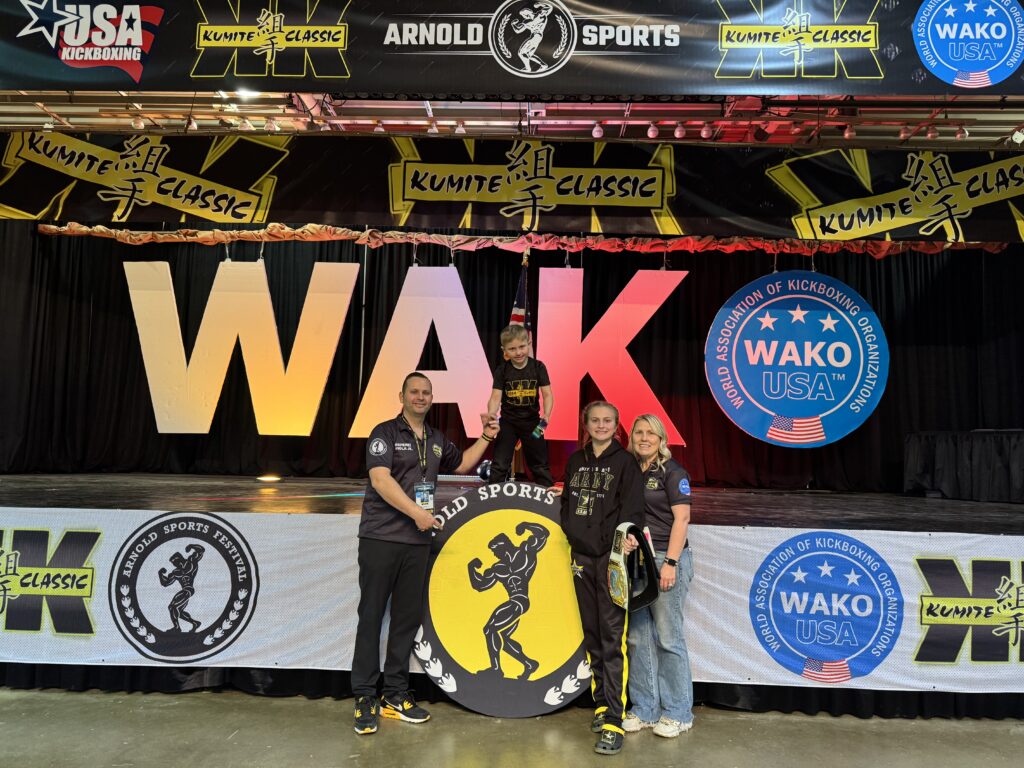
Bill Viola Jr., who serves as WAKO USA Tatami Chairman for the United States and President of the Kumite Classic, shared his excitement:
“The Kumite Classic had been semi-retired since 2017, but the opportunity to merge with the Arnold and WAKO was too great to pass up. The experience was phenomenal. None of this would have been possible without our dedicated Kumite Classic family—more than 100 volunteers worked tirelessly to ensure everything ran smoothly.”
Event coordinator Robert Whatule emphasized the festival’s impact:
“The Arnold Sports Festival is about more than competition—it’s about celebrating strength, dedication, and excellence. Each year, we witness incredible displays of athleticism and passion, making this event truly one of a kind.”
The event featured a wide array of martial arts divisions, including traditional kata, weapons, point fighting, and full-contact kickboxing. Competitors showcased their exceptional skill and discipline, thrilling spectators with high-intensity performances.
Among the standout athletes, Clarissa DeHoyo impressed with her performance of Papuren, while Cameron Klos delivered an outstanding Ohan Dai, both securing victories in the Traditional divisions and earning the coveted Power Rings. They also received a Tokaido athletic kata gi, courtesy of Tokaido USA.
Champions Crowned: A Celebration of Martial Arts Excellence
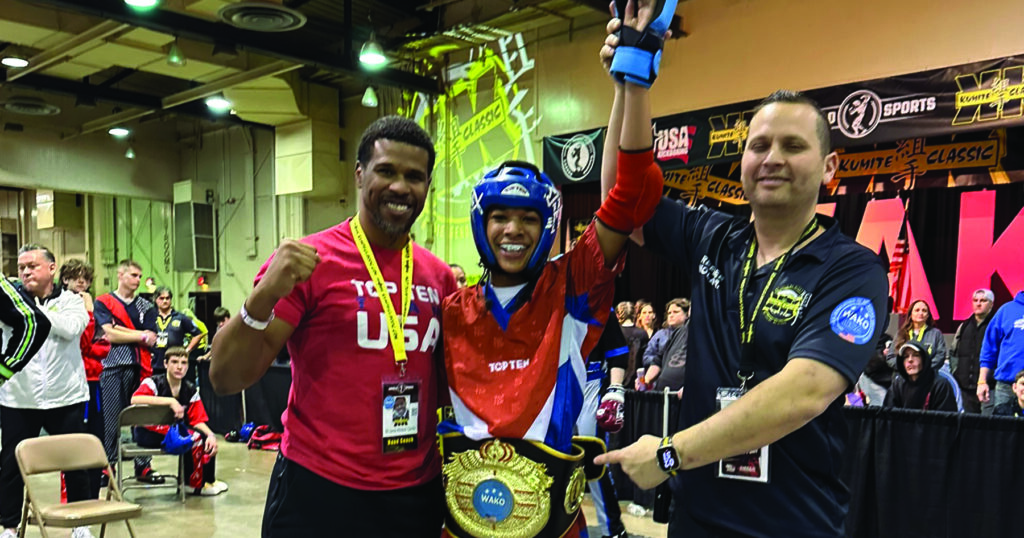
Sparring divisions were among the most highly anticipated events, with elite fighters vying for custom championship belts and the prestigious MVP (Most Valuable Point Fighter) rings.
Team Championships – Ring Winners
- 15–17-year-old: Top Ten USA (Luis “Picky” Rivera / Ibby Abdul-Qadir)
- 12–14-year-old: Legend/Top Ten (Malichi Randalle / Tony Homsani)
- 10–11-year-old: Team Kumite (Ella & Audrina Cycak / Brayden Penska)
- 8-year-old: Team Kumite (Will Viola / Dax Delmont)
Black Belt Grand Championships – Open Weight Title Belt Winners
- 11 & Under: Audrina Cycak (Pittsburgh, PA – Team Kumite)
- 12-14: Malachi Randalle (Fraser, MI – Top Ten USA)
- 12-14: Gabby Viola (Pittsburgh, PA – U.S. Army)
- 15-17: Xander Eddy (Pittsburgh, PA – U.S. Army)
- 15-17: Raian Mayers (Columbia, SC – U.S. Army)
- Adult Male: Brayan Rodriguez (Caracas, Venezuela – Diamond)
- Adult Female: Ki’Tana Everett (Minneapolis, MN – Team Paul Mitchell)
Empowering Athletes: Female Fighters Matter Too
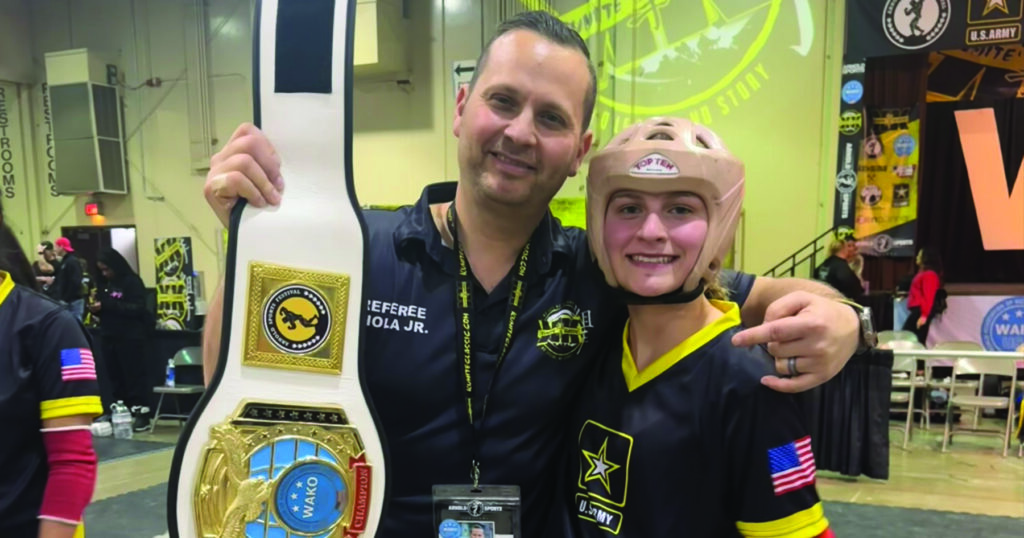
The event also highlighted efforts to promote gender equality in martial arts competition. Maggie Messina, founder of SWERV, sponsored prize money for the women’s grand champion division through the initiative “Female Fighters Matter Too” (FFM2).
Messina praised the event’s quality:
“The belts were top-tier, and the energy was electric. Everything was run professionally with certified judges, and the friendly atmosphere made it an unforgettable experience.”
Building Toward a Global Future
The Kumite Classic at the Arnold Sports Festival also served as a crucial step for WAKO USA’s Team Trials, where top athletes competed for a spot on the official WAKO USA Team. Gold medalists earned places on the adult team, while silver medalists qualified for the junior squad.
Upcoming major events include:
- Pan American Kickboxing Championships (Children, Cadets, and Juniors) – August 27-31, 2025 – Punta Cana, Dominican Republic.
- Senior World Championships – November 22-29, 2025 – Abu Dhabi, UAE.
Beyond the competition, martial arts enthusiasts had the opportunity to engage with industry professionals, attend educational seminars, and explore the latest trends in martial arts training and equipment. Iconic brands like Tokaido and Century were among the event’s sponsors, with Century President Michael Dillard presenting All-American Patches to honor junior team members who medaled in Budapest, Hungary.
Dillard expressed his excitement:
“We are proud to outfit Team USA and support the future of WAKO. The upcoming WAKO Century Cups will be a great opportunity to continue building a strong foundation for the sport.”
As WAKO continues its push for Olympic inclusion, events like the Kumite Classic and USA Sport Karate play a vital role in preparing athletes for international competition. The dedication and perseverance displayed at these events embody the Olympic spirit, ensuring that kickboxing and martial arts continue to grow on a global scale.
What’s Next?
The Pennsylvania WAKO State Games will take place on May 10, 2025, at the David L. Lawrence Convention Center in conjunction with the Pittsburgh Power Expo.
For more information, visit: www.kumiteclassic.com


